
Positive Mobility
eMagAirports of the third millennium
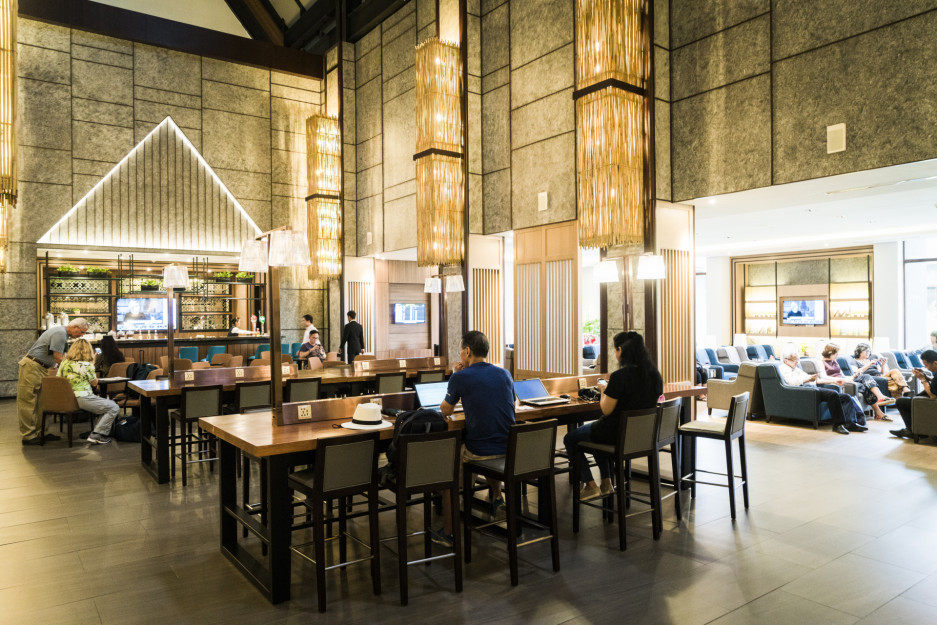
Air travel is experienced as much in the sky as on the ground. The ground-based airport experience is changing every year as it embraces new technologies. The goal? To optimise operations and improve the traveller's experience.
Airports have never been busier: global passenger numbers rose to 8.8 billion in 2018, up 6.4% on the previous year. The number of airports used by at least 40 million passengers a year rose from 16 in 2008 to 54 last year.
The age of the aerotropolis
The primary goal of an airport is of course to serve passengers. However, the important role they also play at the heart of the regions where they are located has seen the emergence of a new concept in recent years: the aerotropolis. This is an airport-centred urban area positioned and designed to become a major driver for local initiatives to develop new areas and attract businesses. These new airport-based urban areas provide for every need, with offices, housing, schools, healthcare providers, restaurants, shops, leisure facilities, conference centres and more.
To live up to this status as economic hubs, while constantly provide a better service for passengers and operators alike, airports are changing and focusing on their high-tech, connected dimensions.
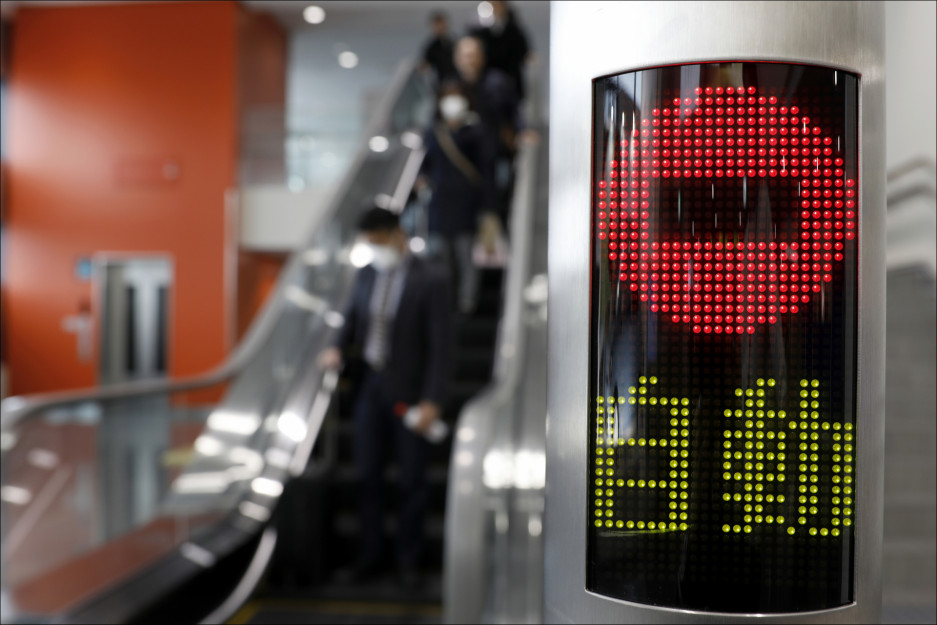
An environmentally friendly airport
Tomorrow's airport will be environmentally green. The industry is already taking action to reduce its environmental footprint. Use of electric vehicles is growing, with electric passenger shuttles and aircraft handling equipment. An increasing number of projects for improving waste management are being put in place; such as solutions for automatically emptying water bottles at security check points so they can be recycled.
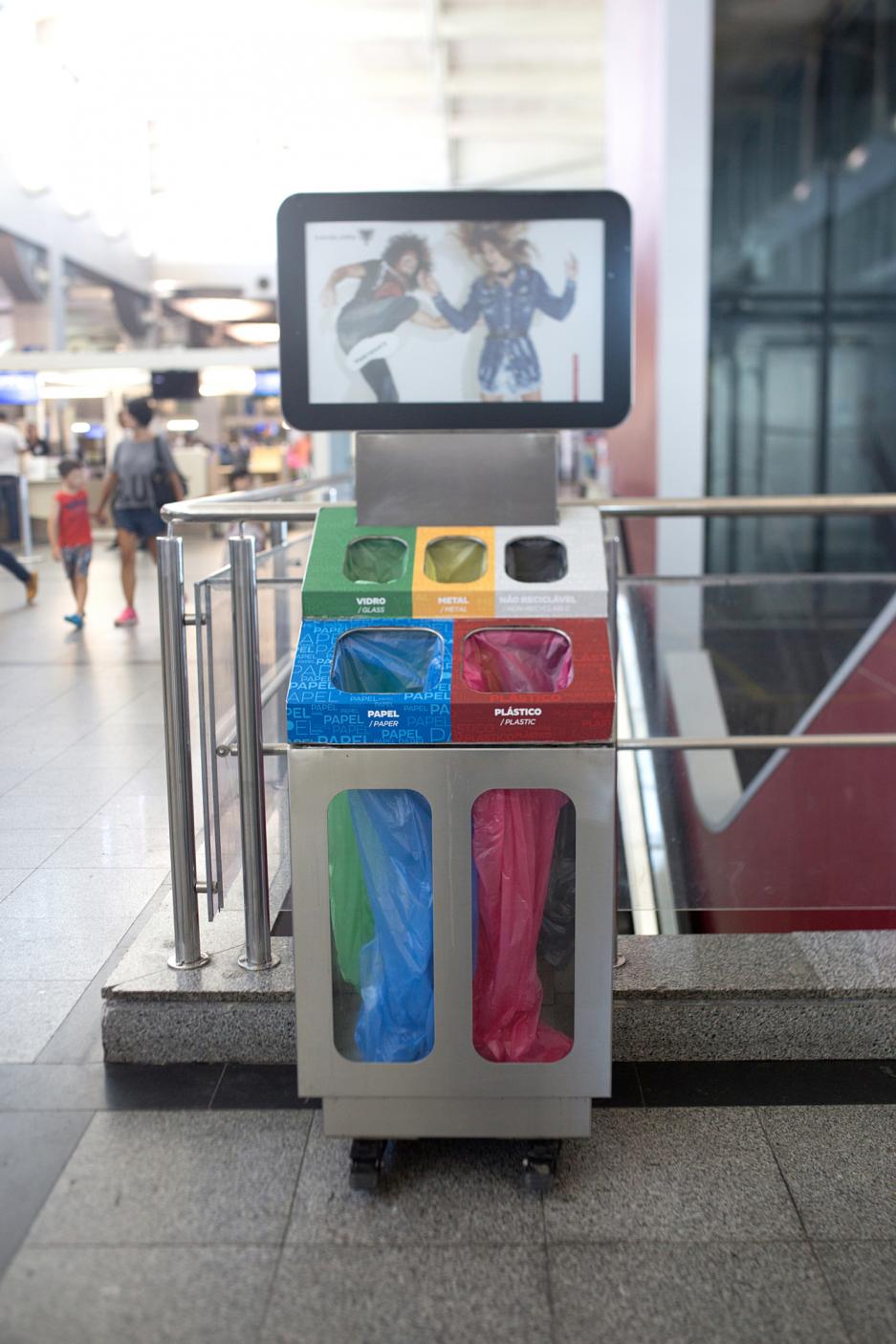
The smart airport is the only airport with a future
The smart airport's promise to offer a range of services centring on traveller comfort is already bearing fruit, a development that will only accelerate in years to come. This applies particularly to transport-related fields, where digital technologies make life easier for passengers, especially when combined with robotics.
Take the example of Lyon-Saint Exupéry airport. Travellers can book their parking spot online before dropping their car off in a special parking bay. That's when Stan, the valet parking robot, takes charge, parking cars automatically in a secure area. In 2019, the airport also launched a digital marketplace that travellers can use to make online bookings of taxis, electric cars, train or bus tickets to and from the airport.
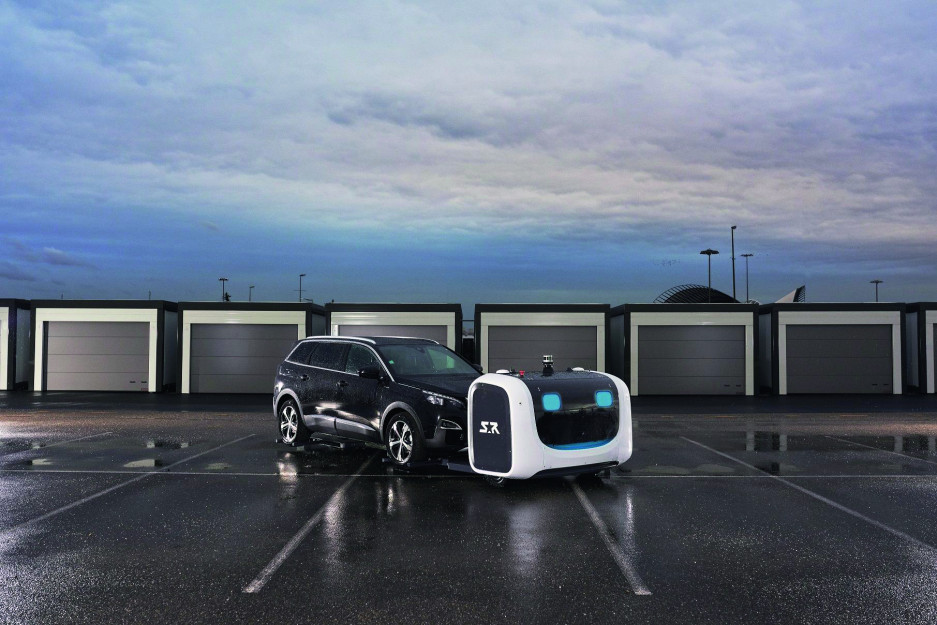
AI on the runway
Another area where artificial intelligence is being used is to help manage operations during aircraft turnarounds. At London Gatwick airport, an experimental project is underway that uses existing cameras to gather and analyse the different stages involved when an aircraft is on the apron, including cleaning, refuelling and unloading and loading baggage. The goal is to improve management of unexpected events and coordination between the different participants.
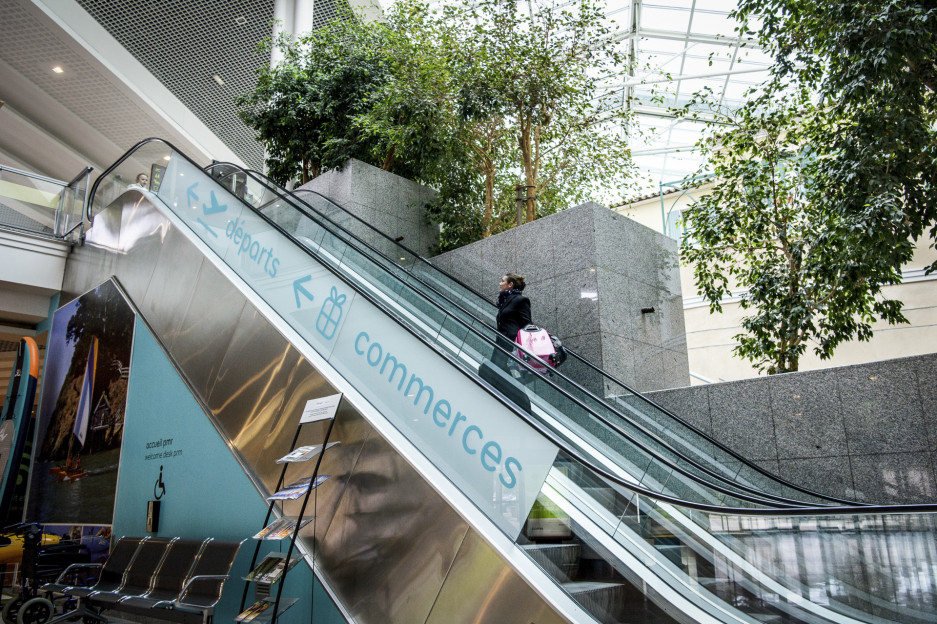
Ensuring a seamless airport experience
A key driver in airport innovation lies in optimising the landside passenger route, something that can improve the passenger experience as well as rationalise operations management. Biometric systems are among the technologies most frequently explored: they will eventually make it possible to generate positive identification valid for all the airport's access points, including border controls. Facial recognition means that passengers will no longer have to scrabble to find and present their boarding cards and passports.
Tomorrow's passengers will increasingly be able to ask for help from chatbots. AI-based chatbots are already being used in some airports, such as Lyon-Saint Exupéry and London Gatwick. Currently they can answer an average 80-90% of passenger requests, a performance that will only improve over time.
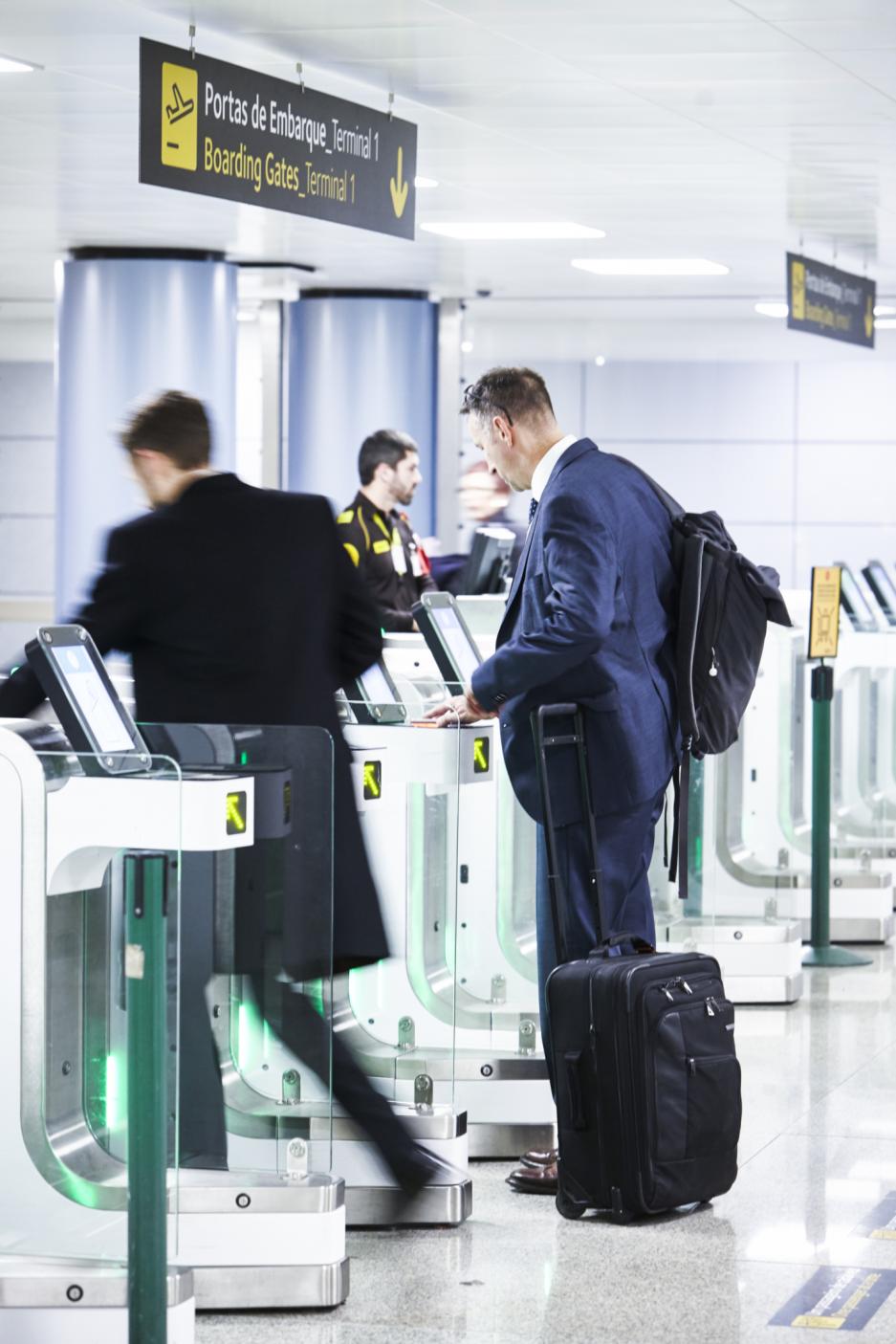
Keeping step with passengers' habits, the airport of the future will increasingly centre on the digitalisation of services and operations.